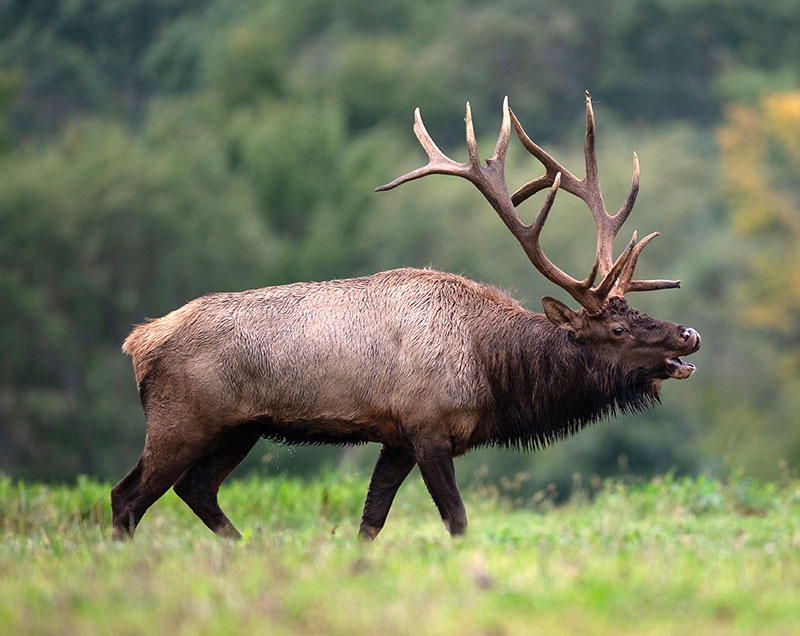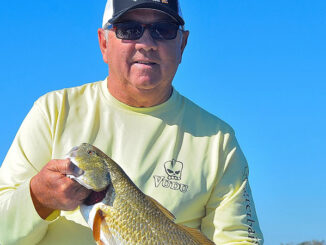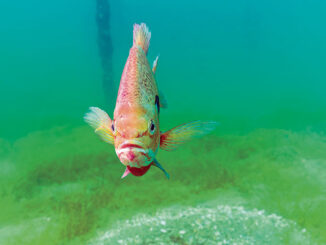
Preparation and planning is the key to successful hunts
Most white-tailed hunters dream of hunting and taking giant elk. Andy Dyess of Madison, Mississippi, hunted and guided for elk in New Mexico, Arizona and Colorado for 20 years, calling in 30 elk for himself and others.
“Guiding elk hunters was a six-month commitment for me to hunt in the West, and I loved it,” Dyess said. “Elk live in the most beautiful country anywhere. I especially like to hunt elk in dark timber where they can sneak up on me.
“I woke up one morning and decided I wanted to learn how to hunt elk, so I did. A friend of mine, ‘Colorado’ Buck Ward from south Texas, hunted elk and had an elk operation. He took me under his wing and taught me what I needed to know about how to find, call and take elk and guide elk hunters.”
How to find elk to hunt
The best way to locate a spot to elk hunt is through a guide, but if you want to do it on your own, Dyess recommends:
- Google Earth, after learning which states home elk, the most elk and the biggest ones from the Boone and Crockett Record Book, visiting Facebook elk groups online and talking with biologists;
- HuntData that has elk information from 11 western states that’s vetted by top hunters with more than half of the states having specific places marked on maps showing where elk live and migrate on Game Management Units, Indian reservations, the Bureau of Land Management, the Bureau of Reclamation, private lands and the National Park Service. HuntData refreshes its information every year;
- An app called onX, that shows the topography of land and identifies property boundary lines; and
- The places you’ve studied on your maps combined with the information you’ve learned by putting boots on the ground before the season opens.
Your responsibilities
Dyess emphasizes to each hunter the importance of getting in shape to climb to hunt elk and to carry the meat out.
“I like to remind my hunters that the fun stops when the meat drops,” Dyess said. “Butchering, quartering and packing out an elk, even if you have horses or an ATV to help you, is a heavy job. That’s another reason I recommend you hire a guide to depend on him to have a plan to get the meat out.”
Dyess enjoys guiding an elk hunter with the attitude of, “Andy, this is your place. You know these elk, and I want you to teach me how to hunt them.”
Dyess also wants a client who won’t shoot a bull unless he’s told to, preferably an older, mature bull that’s in or just past his prime — usually with antlers 320 inches or more.
Having the correct gun too is important to your success. Dyess’ favorite elk rifle is a .338 Weatherby Magnum.
“If a hunter can shoot that gun consistently out to 300 yards, the elk will be laying right where he had been standing,” Dyess said.
How to call elk
Dyess believes that a cow call is a much more effective way to bring in a bull than using an elk bugle.
“I want to sound like a female cow elk that’s trying to find a boyfriend, rather than bugle like a bull that wants to fight,” he said. “A bull that feels challenged will come to the hunter very alert to see and fight the bugling bull. I like one of the newer type elk calls that makes the same sounds every time you blow them.
“The hunt is far more than pulling the trigger on an elk. I also get to hunt in spectacular terrain I’ll never forget.”


